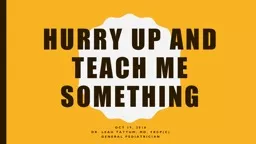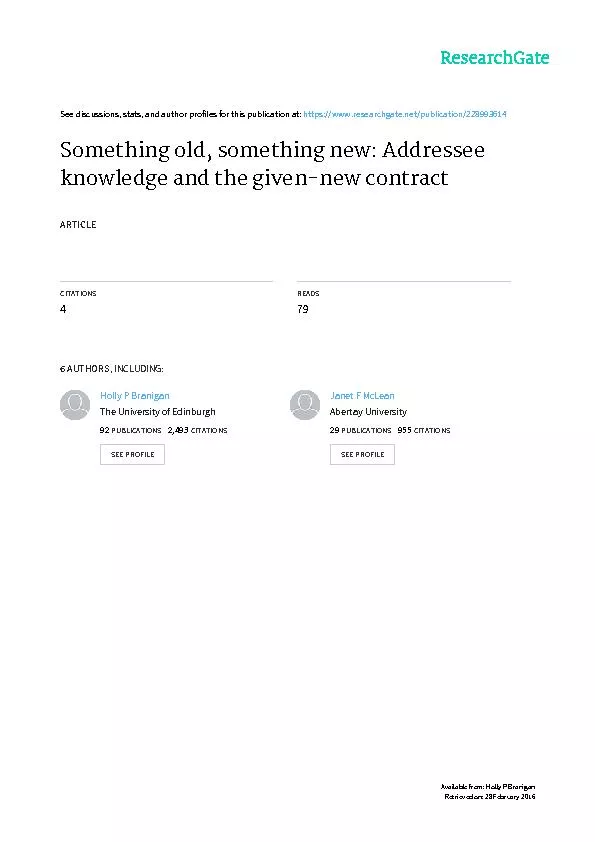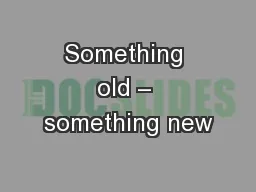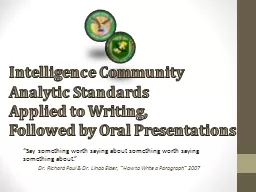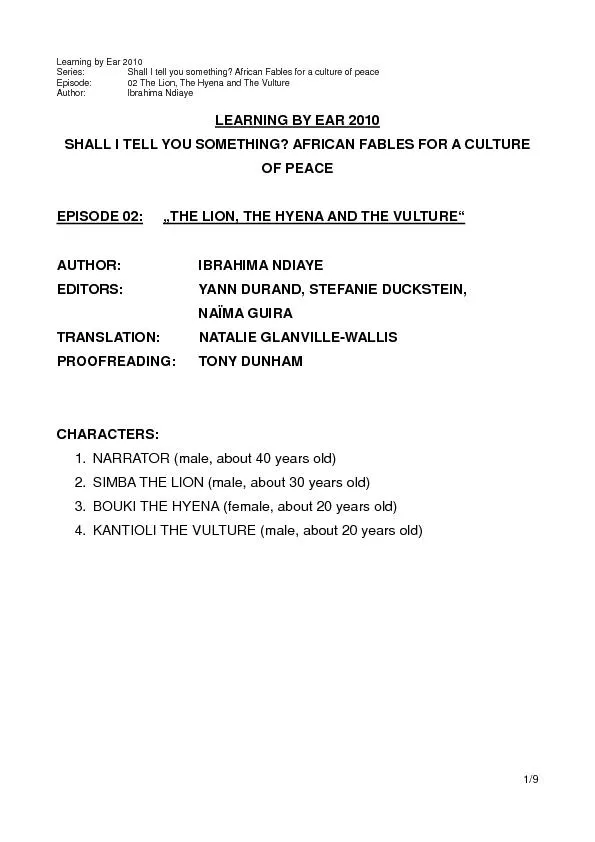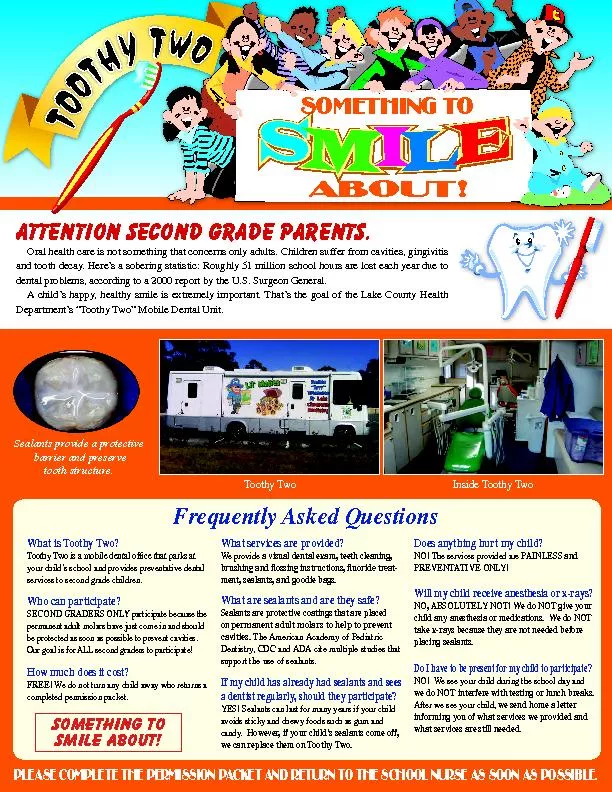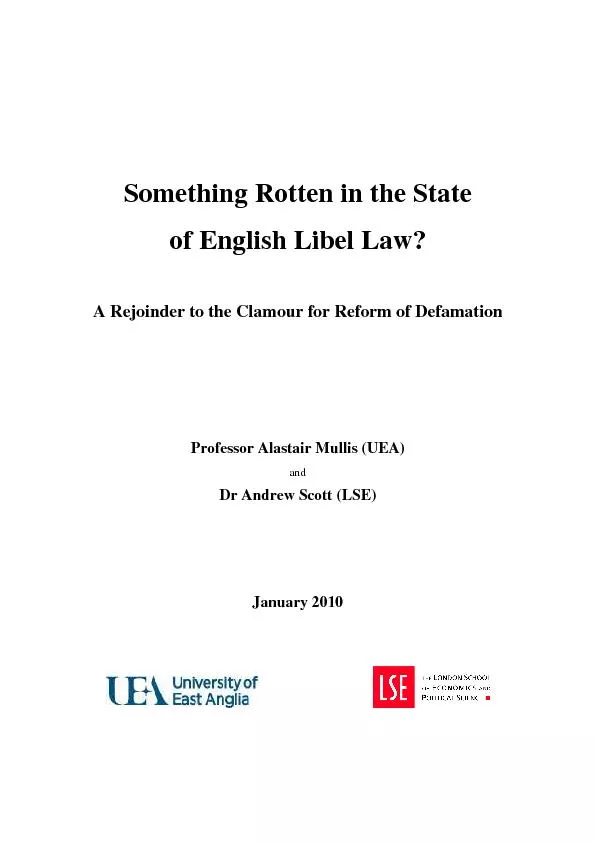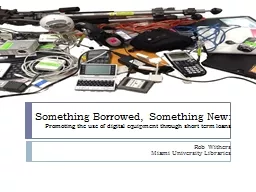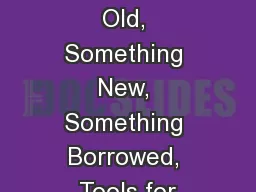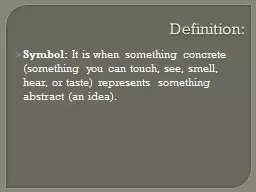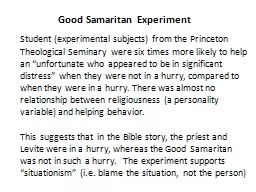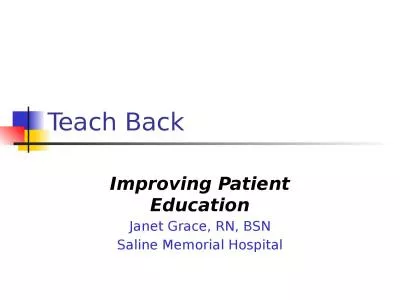PPT-Hurry up and teach me something
Author : yoshiko-marsland | Published Date : 2019-12-21
Hurry up and teach me something Oct 19 2018 Dr Leah Tattum MD FRCP C General Pediatrician Does this sound familiar 930 am arrive at office 30 minutes late due to
Presentation Embed Code
Download Presentation
Download Presentation The PPT/PDF document "Hurry up and teach me something" is the property of its rightful owner. Permission is granted to download and print the materials on this website for personal, non-commercial use only, and to display it on your personal computer provided you do not modify the materials and that you retain all copyright notices contained in the materials. By downloading content from our website, you accept the terms of this agreement.
Hurry up and teach me something: Transcript
Download Rules Of Document
"Hurry up and teach me something"The content belongs to its owner. You may download and print it for personal use, without modification, and keep all copyright notices. By downloading, you agree to these terms.
Related Documents

